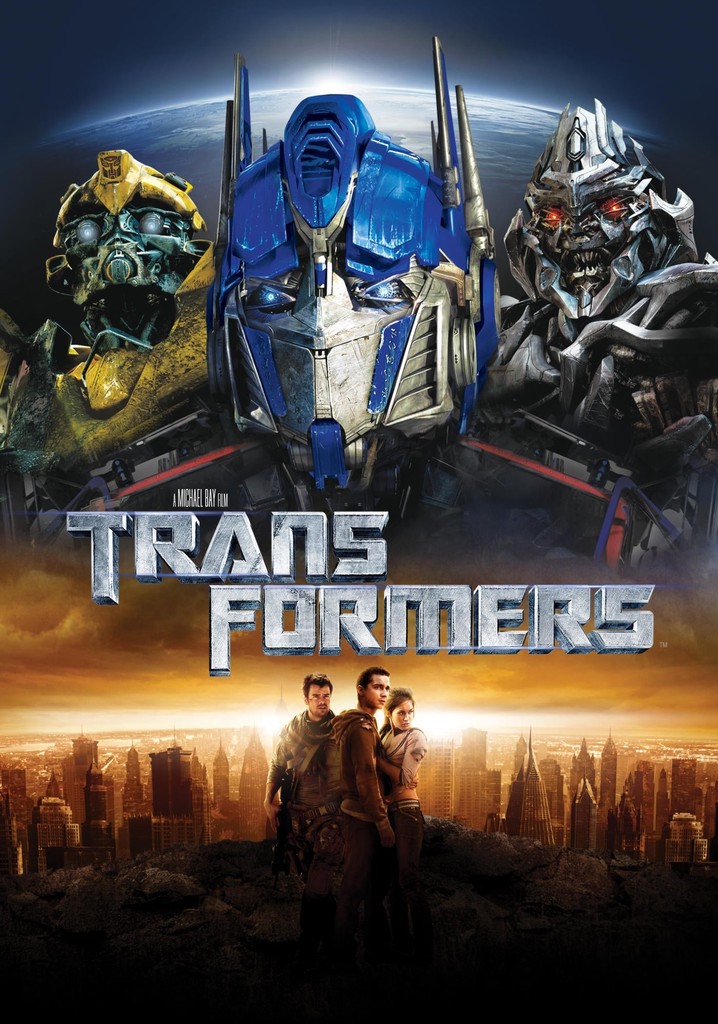In the vast universe of pop culture, few characters have achieved the level of recognition and affection that Bumblebee has garnered since his inception. Originally introduced as a minor character in the Transformers franchise, Bumblebee has evolved into a cultural icon. This article delves into the origins of Bumblebee, his transformation throughout various media, and the factors that contributed to his rise to prominence.
Origins: The Birth of Bumblebee
![]()
Bumblebee first appeared in the 1984 animated series “The Transformers,” produced by Hasbro and Sunbow Productions. He was characterized as a small, yellow Autobot whose vehicle form was a Volkswagen Beetle. His friendly demeanor and relatable personality made him a favorite among young fans.
- Design and Color Scheme: Bumblebee’s vibrant yellow color and compact design were appealing and easily recognizable, setting him apart from other Autobots.
- Personality Traits: He was portrayed as optimistic, brave, and fiercely loyal, making him a comforting figure amidst the chaos of war between Autobots and Decepticons.
The Transformers Franchise: A Multi-Media Phenomenon
The Transformers franchise quickly expanded, leading to Bumblebee’s appearances in various forms of media, including comic books, video games, and animated series. Each adaptation offered a unique perspective on Bumblebee’s character, further solidifying his role within the Transformers lore.
Comic Books: Expanding the Universe
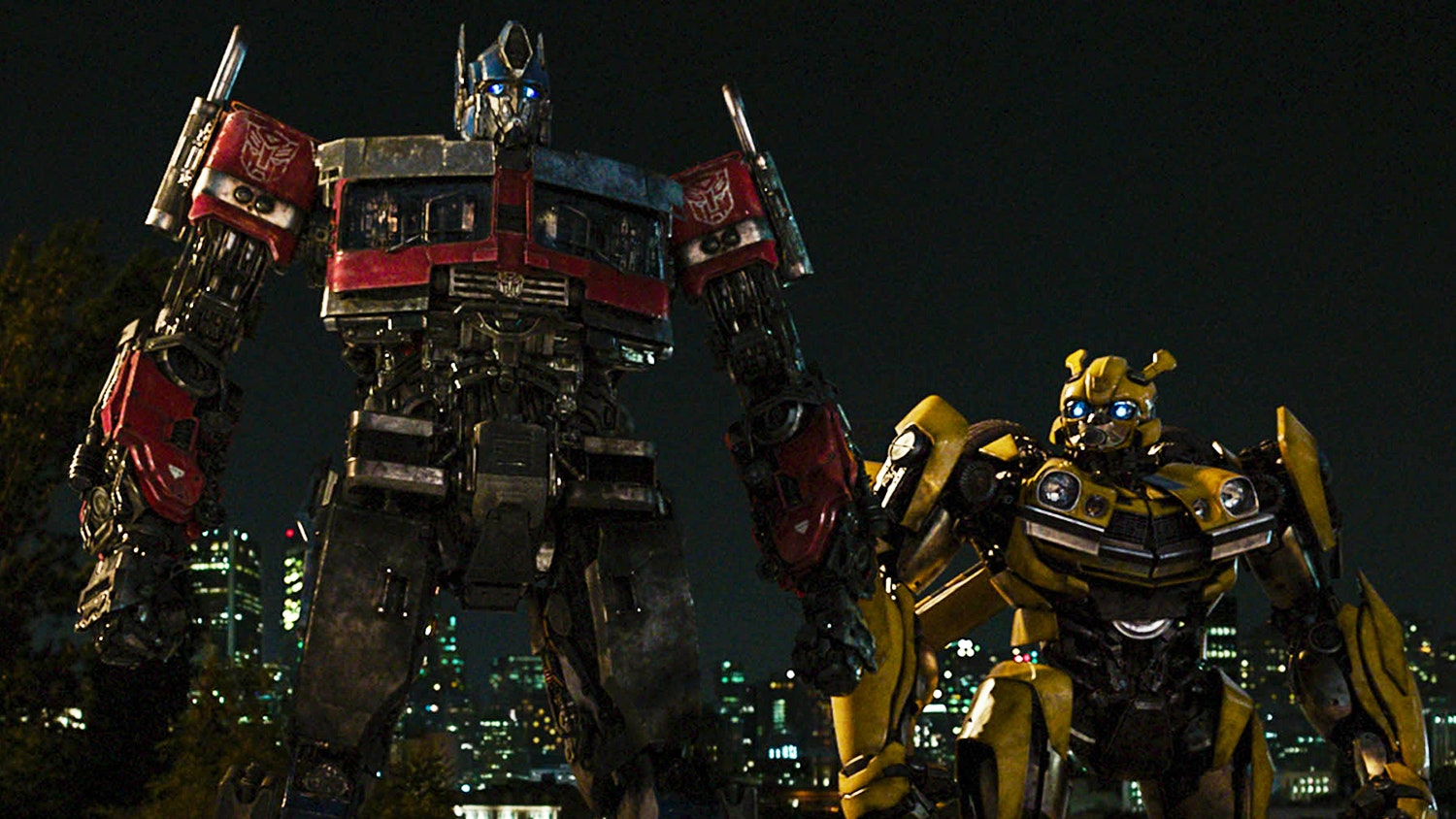
In the Marvel Comics series, Bumblebee’s character was fleshed out further. He was depicted not only as a warrior but also as a scout and intelligence gatherer for the Autobots. This added depth to his character, showcasing his strategic importance in the battle against the Decepticons.
Animated Series: The G1 Era
During the “Generation 1” (G1) era, Bumblebee’s character remained largely consistent. He was often portrayed as a companion to the main human characters, which endeared him to audiences even more. Episodes like “Bumblebee’s Bumble” highlighted his vulnerability and resourcefulness, making him a relatable hero.
The Movie Franchise: A New Era for Bumblebee
The release of Michael Bay’s live-action Transformers films in 2007 marked a significant turning point for Bumblebee. He was reimagined as a Chevrolet Camaro, a bold departure from his original Volkswagen Beetle form. This change not only modernized his appearance but also helped to broaden his appeal to a new generation of fans.
The 2007 Transformers Movie
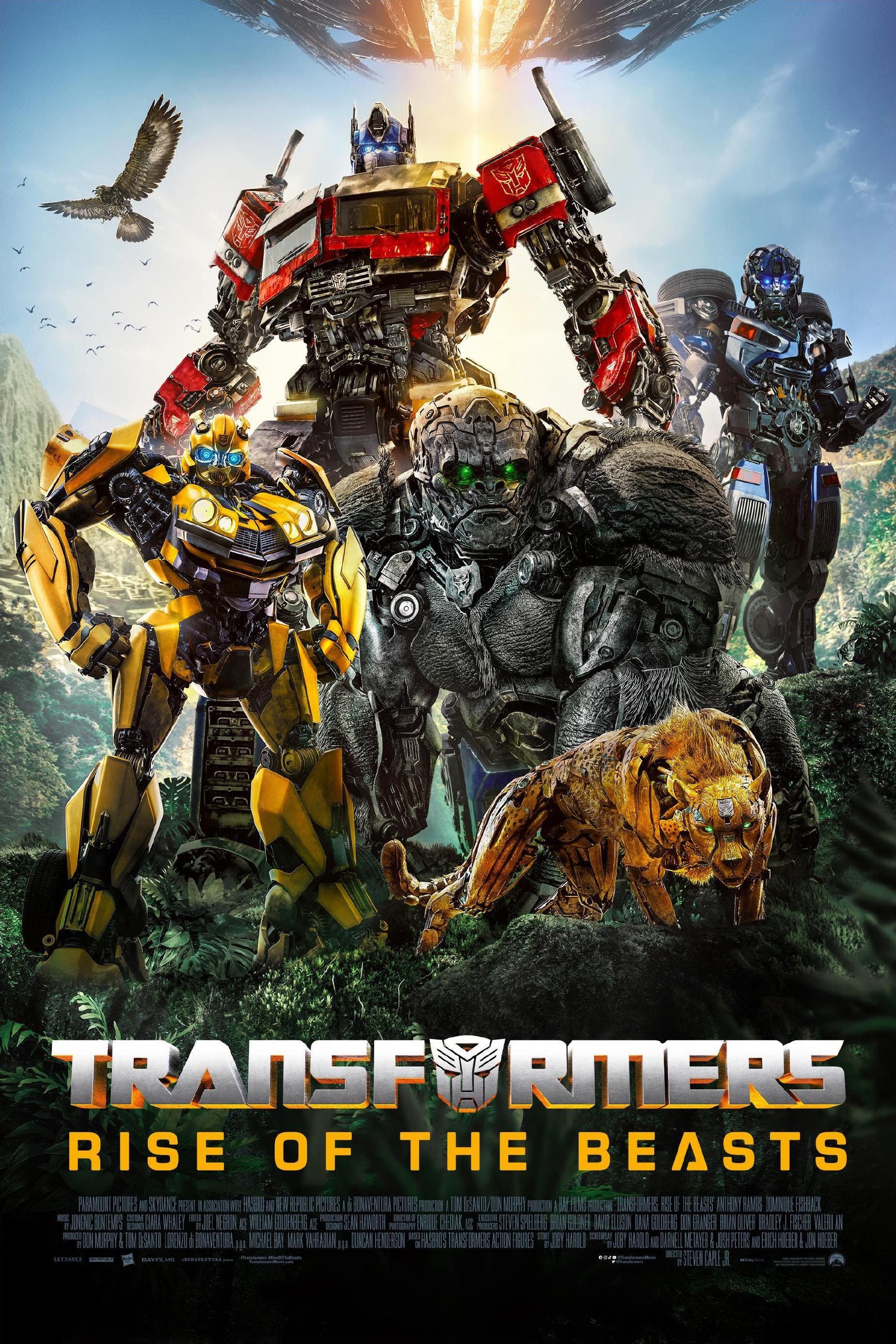
In the 2007 film, Bumblebee played a central role as the protector of Sam Witwicky, the film’s human protagonist. His character was enriched by his inability to speak, relying on radio snippets to communicate, which created a unique charm. This portrayal resonated with audiences, turning Bumblebee into a fan-favorite character in the series.
- Box Office Success: The film grossed over $709 million worldwide, establishing Bumblebee as a key player in the franchise’s commercial success.
- Cultural Impact: Bumblebee’s redesign and personality captured the hearts of viewers, leading to increased merchandise sales and a strong fan base.
Subsequent Films and Development
In the sequels—”Transformers: Revenge of the Fallen” (2009), “Transformers: Dark of the Moon” (2011), and “Transformers: Age of Extinction” (2014)—Bumblebee’s character continued to evolve. He became more integral to the storyline and was given more screen time, enhancing his status as a main character.
The Standalone Film: “Bumblebee” (2018)
The 2018 film “Bumblebee,” directed by Travis Knight, marked a significant departure from the previous films in tone and style. Set in the 1980s, it served as a prequel to the existing series and focused on Bumblebee’s origin story.
Character Depth and Emotional Resonance
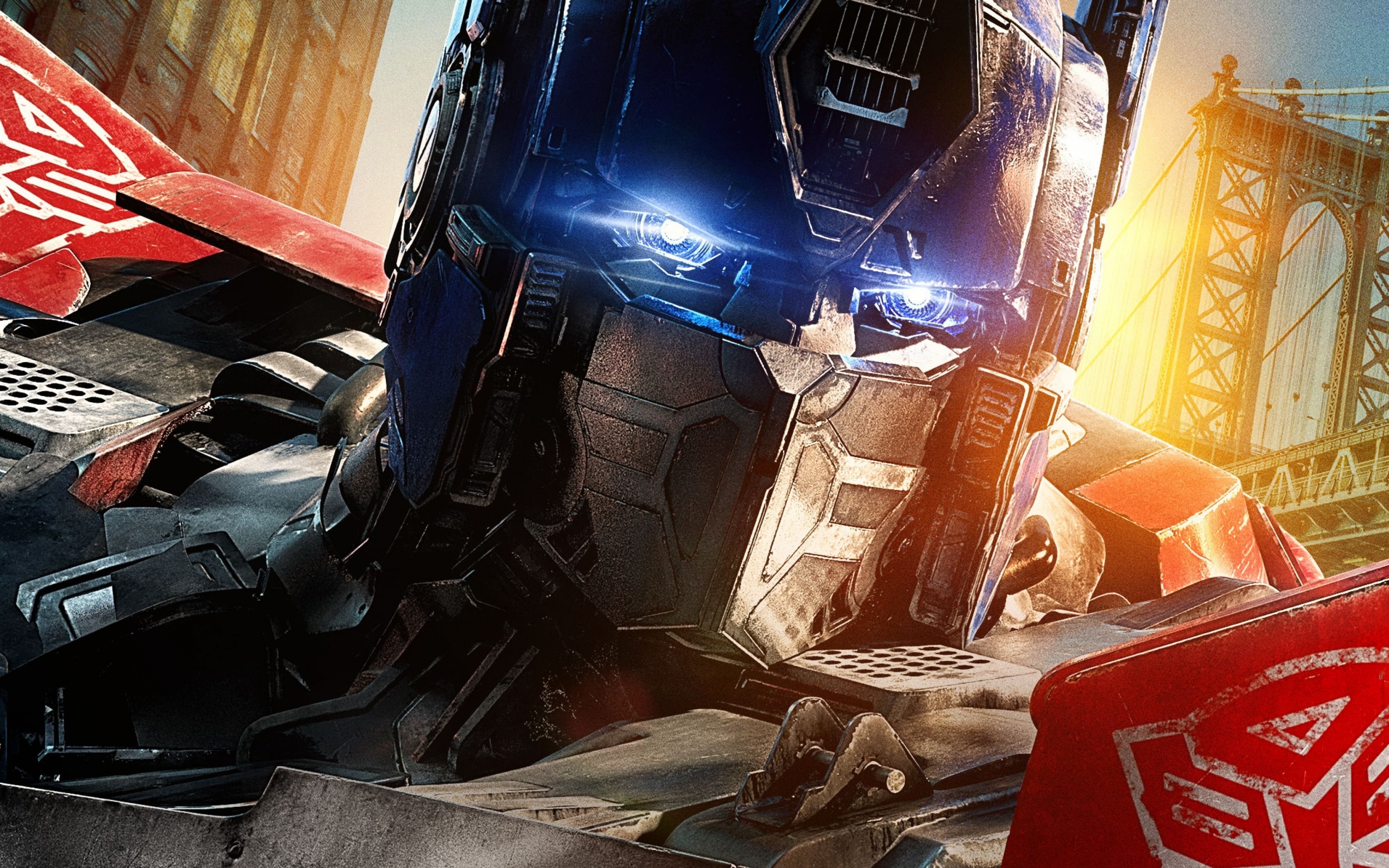
In “Bumblebee,” the character was developed in a more tender and emotional direction. The bond between Bumblebee and his human companion, Charlie, played by Hailee Steinfeld, became central to the narrative. This emotional core resonated with audiences, allowing for a deeper connection to Bumblebee’s character.
- Critical Acclaim: The film received positive reviews, with many praising its heartwarming story and character development, achieving a 92% approval rating on Rotten Tomatoes.
- Box Office Performance: It grossed over $468 million worldwide, proving that Bumblebee’s appeal transcended generations.
Bumblebee as a Cultural Icon
As Bumblebee’s character evolved, so did his status as a cultural icon. He became a symbol of resilience, friendship, and loyalty, traits that resonate universally. Several factors contributed to his iconic status:
- Merchandising: Bumblebee merchandise, including toys, clothing, and collectibles, has generated billions in revenue, proving his commercial viability.
- Fan Engagement: Bumblebee has a dedicated fan following, with numerous fan clubs, online communities, and social media pages celebrating his character.
- Cross-Generational Appeal: His character has successfully captured the hearts of both children and adults, leading to a multi-generational fan base.
Symbolism and Representation
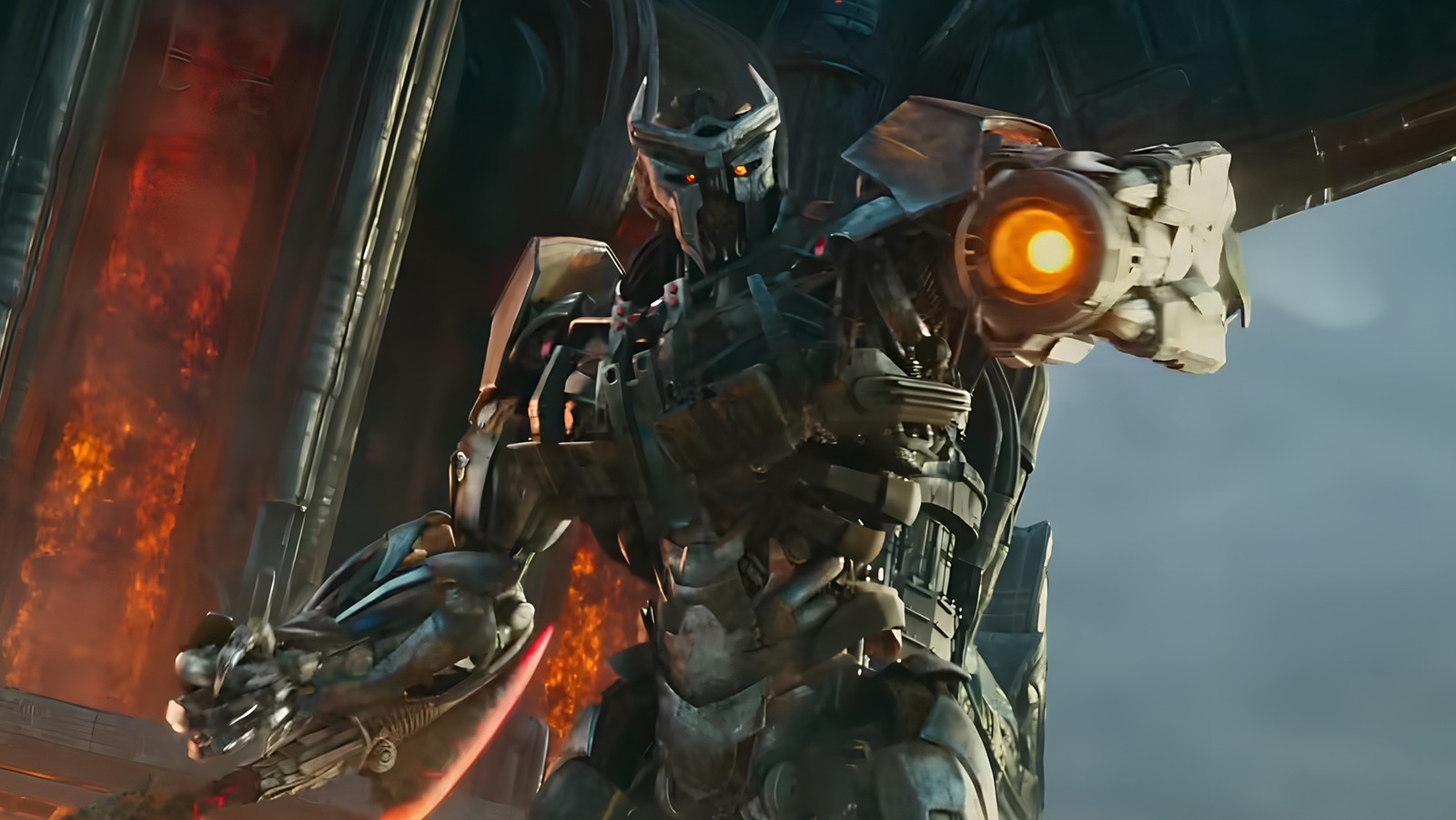
Bumblebee’s character also serves as a representation of the underdog. His size and appearance may suggest vulnerability, but his bravery and determination highlight important themes of strength in adversity. This symbolism has made him relatable to audiences, extending beyond just the Transformers franchise.
Conclusion: The Enduring Legacy of Bumblebee
From his humble beginnings as a minor character in an animated series to his status as a beloved cultural icon, Bumblebee’s evolution is a testament to the power of storytelling and character development. His journey reflects not only the changing landscape of media but also the enduring appeal of characters that resonate on a personal level with audiences.
As Bumblebee continues to inspire new generations through films, merchandise, and fan engagement, it is clear that his legacy is far from over. His story serves as a reminder that even the smallest heroes can leave a significant impact on the world around them, embodying the spirit of friendship, courage, and resilience.
